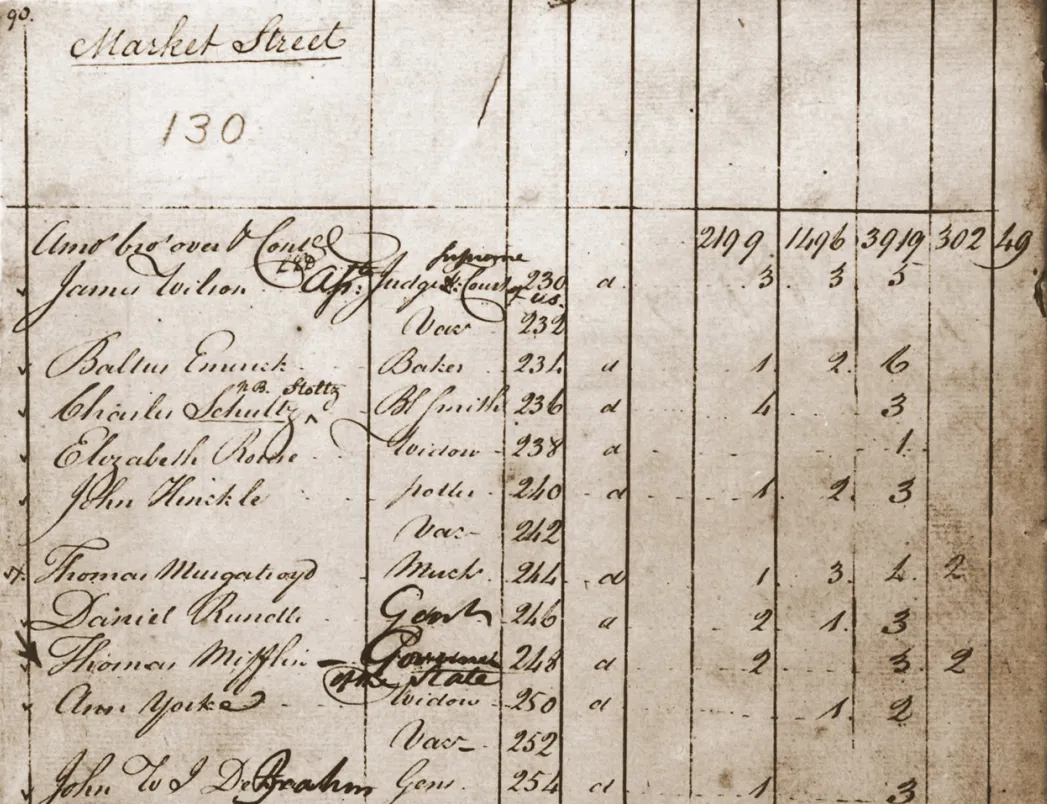The concept of blue zones is fairly familiar to most people. These areas see an increased number of people living longer lives and often also enjoying a compression of morbidity (Buettner & Skemp, 2016). Although, the media frenzy about these areas can probably considered to be somewhat overhyped given that the zones themselves aren’t any mysterious or magical areas where a person will live longer just from entering. Instead, these individuals live longer on average than other people because of both their lifestyles and genetic factors (Kreouzi et al., 2022). Thus, one would expect that there are individuals with the right genes and that have lived healthy lives that become supercentenarians all over the world. From my own research, I have estimated that about 1 in 160,000 people born in Sweden born between 1882 and 1910 lived to be supercentenarians (Lindberg, 2024). Other estimates are fairly consistent with this, with women being much likelier to live exceptionally long lives (Willcox et al., 2011; Perls, 2006). But are there certain hotspots that produce more supercentenarians than would be expected?
Island longevity?

A map of Martinique and Guadeloupe, per Agence France-Presse
Certain French overseas territories, namely Guadeloupe and Martinique, stand out in how many verifiable supercentenarians they have produced relative to their population (Vallin, 2020). One hypothesis that has been suggested by Vallin et al. (2020) is a theory of selection where the people who lived to become supercentenarians were the descendants of former slaves. It was proposed that the devastating effects of slavery produced a select few survivors that survived thanks to their strength and resilience and these individuals would therefore go on to passing on their specific genes.

Margaret Ann Neve (1792-1903), the earliest-born recognized supercentenarian, a resident of the island of Guernsey
Still, given that some island countries generally have quite low populations, one random supercentenarian being born there does skew the results. Take the Channel Islands: Margaret Ann Neve, the (so far) earliest-born verified female supercentenarian, was born on Guernsey in 1792. The population of Guernsey? Less than 70,000 (Britannica, 2023). Still, one supercentenarian born there in 122 years isn’t that much and would be approximately in line with my calculations. But Neve wasn’t the only one. There have also been two other supercentenarians from this Island, Ethel Wood (who was born there and later emigrated) and Felicity Crump (who migrated there). Does this imply that there’s such a thing of island longevity, or is it random chance? Can you not take any random area that produced some exceptionally long-lived individuals and claim that it is a supercentenarian hotspot?
The larger the city…
It will come as no surprise to anyone that the largest cities do produce more supercentenarians. One such city is New York, which so far has produced about 20 verifiable supercentenarians with a population of almost nine million. So, this would suggest that this city might be a supercentenarian wasteland that decreases the likelihood of people living to be supercentenarians. Perhaps this has to do with the fact that a person’s lifestyle also accounts for a person’s longevity (Passarino et al., 2016)? Being exposed to pollution and the stress of city life can surely affect the lifespans of some individuals. Perhaps cities aren’t the right place to look for potential supercentenarians?
Where do supercentenarians come from?
Everywhere! Current research indicates that supercentenarians come from varying places and have experienced various conditions. Most were born in smaller towns and lived most of their lives in these areas while others emigrated all over the world.

Many supercentenarians live in smaller cities or towns, such as Olot,
Catalonia, home of world’s oldest person María Branyas Morera. Photo by Catalunya.com.
Certain countries and areas do undoubtedly produce more supercentenarians than others, but this can partially be attributed to the quality of their record keeping systems and accessibility of data. Certain countries with populations in the hundreds of millions have produced no supercentenarians at all. Does this mean that the conditions in these countries are so poor that people can’t live exceptionally long lives? Well, partially. China, for example, has so far still not produced any supercentenarian that fulfills the criteria for a higher standard of validation, but it has also been noted that the country for a long time produced much fewer centenarians than Western countries (Wang et al., 1998). Still, there are many claims from China, and some are very probably true. But without the documentation, how can we be sure? Any serious supercentenarian researcher has to obtain the necessary documentation to ensure that a supercentenarian is the claimed age and not just rely on secondary sources or hearsay.
It has further been implied that areas with a lower quality of documentation produce more supercentenarians. Could these be the hotspots? No, these attributions of longevity to these remote areas rather stem from the poor record keeping and the individuals living there not knowing how old they actually are (Mazess & Forman, 1979). Young et al. (2010) do note that the overall fascination with exceptional longevity helps the mythology of exotic longevity hotspots to persist.
So, are there supercentenarian hotspots?
Supercentenarians come from all sorts of places and from both rich and poor socioeconomic backgrounds. Some have several close relatives that lived to be centenarians, others have none. Some come from cities, but most come from towns and rural areas. There is naturally a correlation between the average lifespan in a country and the number of supercentenarians (e.g., Japan). So, in that sense there are supercentenarian hotspots. Many potential hotspots have small populations, which means that there’s less certainty of them actually producing more supercentenarians than other areas. So, it is true that certain areas produce more supercentenarians than others, but there are many other factors that need to be considered before designating them as “hotspots.”
References
Britannica. (2023). Guernsey summary. Retrieved 2024-02-04 from: https://www.britannica.com/summary/Guernsey-island-and-bailiwick-Channel-Islands-English-Channel
Buettner, D., & Skemp, S. (2016). Blue Zones: Lessons From the World’s Longest Lived. American journal of lifestyle medicine, 10(5), 318–321. https://doi.org/10.1177/1559827616637066
Kreouzi, M., Theodorakis, N., & Constantinou, C. (2022). Lessons Learned From Blue Zones, Lifestyle Medicine Pillars and Beyond: An Update on the Contributions of Behavior and Genetics to Wellbeing and Longevity. American Journal of Lifestyle Medicine. https://doi.org/10.1177/15598276221118494
Lindberg, J. (2024). Svenska superhundraåringar. Äldre I Centrum Vetenskapligt Supplement, 4(1), 5–13. https://doi.org/10.52585/icvs.v4i1.16
Mazess, R. B., & Forman, S. H. (1979). Longevity and age exaggeration in Vilcabamba, Ecuador. Journal of gerontology, 34(1), 94–98. https://doi.org/10.1093/geronj/34.1.94
Passarino, G., De Rango, F., & Montesanto, A. (2016). Human longevity: Genetics or Lifestyle? It takes two to tango. Immunity & ageing: I & A, 13, 12. https://doi.org/10.1186/s12979-016-0066-z
Perls, T. T. (2006). The different paths to 100. The American Journal of Clinical Nutrition, 83(2), 484S-487S. https://doi.org/10.1093/ajcn/83.2.484S
Vallin, J. (2020. Why are supercentenarians so frequently found in French Overseas Departments? The cases of Guadeloupe and Martinique. Genus, 76, 26. https://doi.org/10.1186/s41118-020-00086-3
Wang, Z., Zeng, Y., Jeune, B., & Vaupel, J. W. (1998). Age validation of Han Chinese centenarians. Genus, 54(1-2), 123–141.
Willcox, D. C., Willcox, B. J., & Poon, L. W. (2011). Centenarian Studies: Important Contributors to Our Understanding of the Aging Process and Longevity. Current Gerontology and Geriatrics Research, 484529. https://doi.org/10.1155/2010/484529
Young, R. D., Desjardins, B., McLaughlin, K., Poulain, M., & Perls, T. T. (2010). Typologies of extreme longevity myths. Current gerontology and geriatrics research, 2010, 423087. https://doi.org/10.1155/2010/423087




